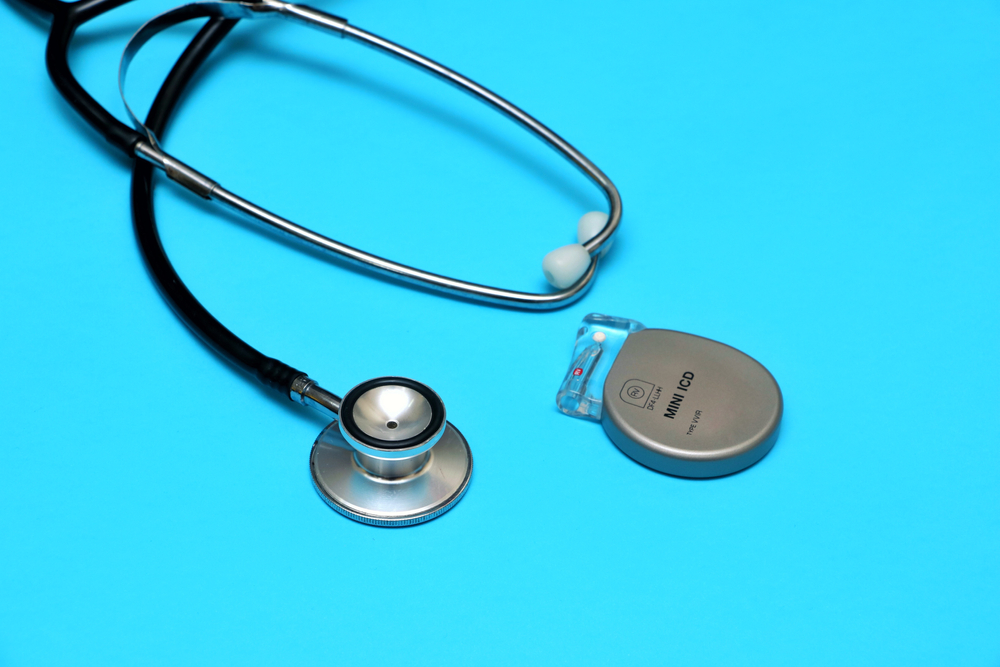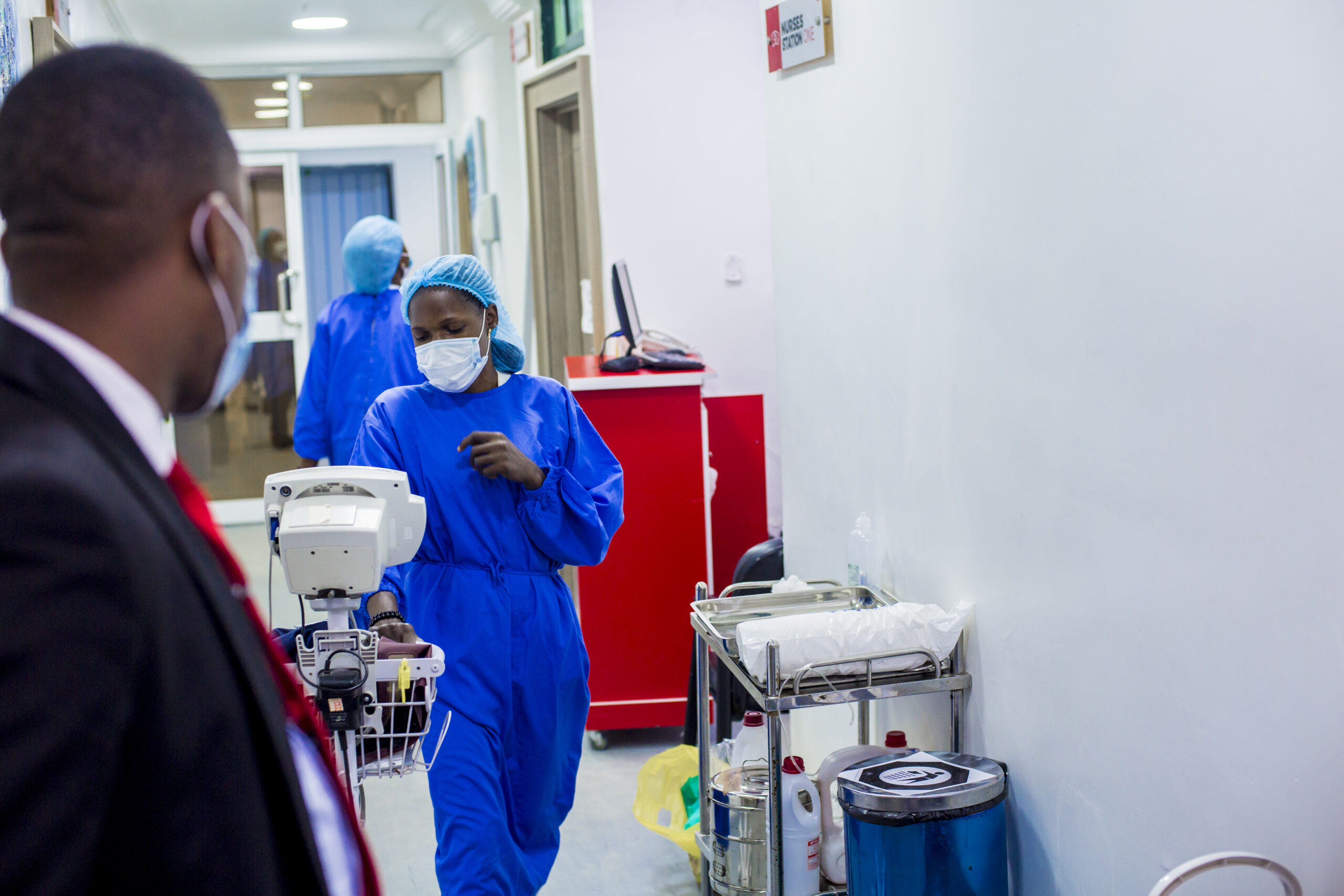

A cardiac device (eg pacemaker) is a small device that helps regulate your heart’s electrical activity. It consists of a pulse generator and one or more leads that are inserted to your heart to monitor and control your heart rate and rhythm. The device ensures that your heart beats at a regular rate, synchronicity and rhythm, therefore helping to improve your overall heart function. By so doing, people that require these devices are able to live longer and better lives.
Who needs a cardiac device?
Your healthcare provider may recommend a cardiac device pacemaker if you have:
- An irregular heartbeat (arrhythmia) or
- If your heart beats too slowly (bradycardia)
- If there is a significant risk for sudden cardiac arrest/death
- If you heart in unable to synchronize its strength to pump well in certain types of heart failure.
Is The Procedure Safe?
YES. Implantation of cardiac devices is largely safe and performed while awake (or with light sedation if needed) within one to two hours. However, because there’s a very small risk of complications (typically less than 1-2%) as with most medical procedures, extra steps are taken to reduce this risks even further in Cardiocare Hospital.
how is the procedure performed?
The Device implantation procedure is typically performed under local anesthesia. A small incision is made near your collarbone, and the leads are inserted into a vein, guided to your heart, and attached to the appropriate areas.
The pulse generator is then placed under the skin, near the incision. The entire procedure usually takes about 1 to 2 hours.
living with a device
Once your device is implanted, it will require regular check-ups and review of its settings to ensure proper functioning.
Having a device is a positive step towards improving your heart health. With proper care and regular follow-ups, you can continue to live an active and fulfilling life.

